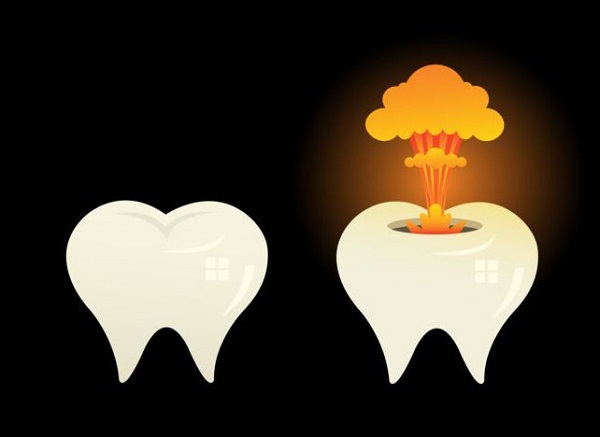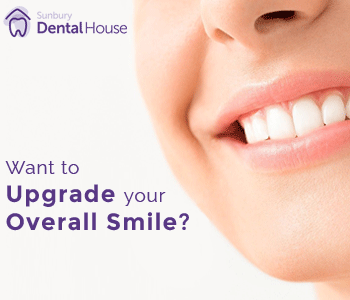Brushing your teeth is not enough.
Finland’s Metropolia University of Applied Sciences is currently conducting the largest periodontitis study in Europe. The three-year study’s preliminary findings show that brushing and flossing isn’t enough. Utilising other antibacterial methods that eliminates disease-causing bacteria from dental plaque considerably lowers gingivitis and enhances dental hygiene. An inner-city hub for gum disease treatment in Brisbane is proud to offer patients gum and periodontal treatment to help heal the mouth.
We brush them, we floss them, we whiten them – and for some people, that’s just the beginning. For some people, their obsession with their teeth goes far beyond the basic maintenance, which, this study, has actually found to be a good practice. “You can only remove half of the plaque by brushing your teeth – it’s no wonder cavities and gingivitis are among the most common diseases in the world. If we want to improve the results of dental care treatments, we need to focus on removing the plaque that is left on the teeth after brushing them,” says Professor Timo Sorsa from the Department of Oral and Maxillofacial Diseases at the University of Helsinki.
Advanced gingivitis, also known as periodontitis, harms the collagen fibres that surround the teeth. Gum pockets may become deeper as a result of this. As the illness worsens, the infection results in tissue loss, which could ultimately result in the loss of one or more teeth. Up to 50% of people over the age of 50 have periodontitis, making it a very widespread condition. While maintaining good oral hygiene is crucial, in cases of advanced infection, gum pockets require routine expert cleaning. However, it can be challenging to remove germs from gum pockets using conventional procedures. As a result, diseases spread as additional bacteria fill the pockets.
Up to 70% of people in Western countries suffer from periodontitis, a bacterial illness that is chronic in nature. The sixth most prevalent disease in the globe, periodontitis has been linked to diabetes and cardiovascular disease. Regularly removing dental plaque enhances dental hygiene because the bacteria in the plaque are responsible for 95% of dental illnesses. Additionally, it treats and prevents gum and tooth problems.














